Latest News
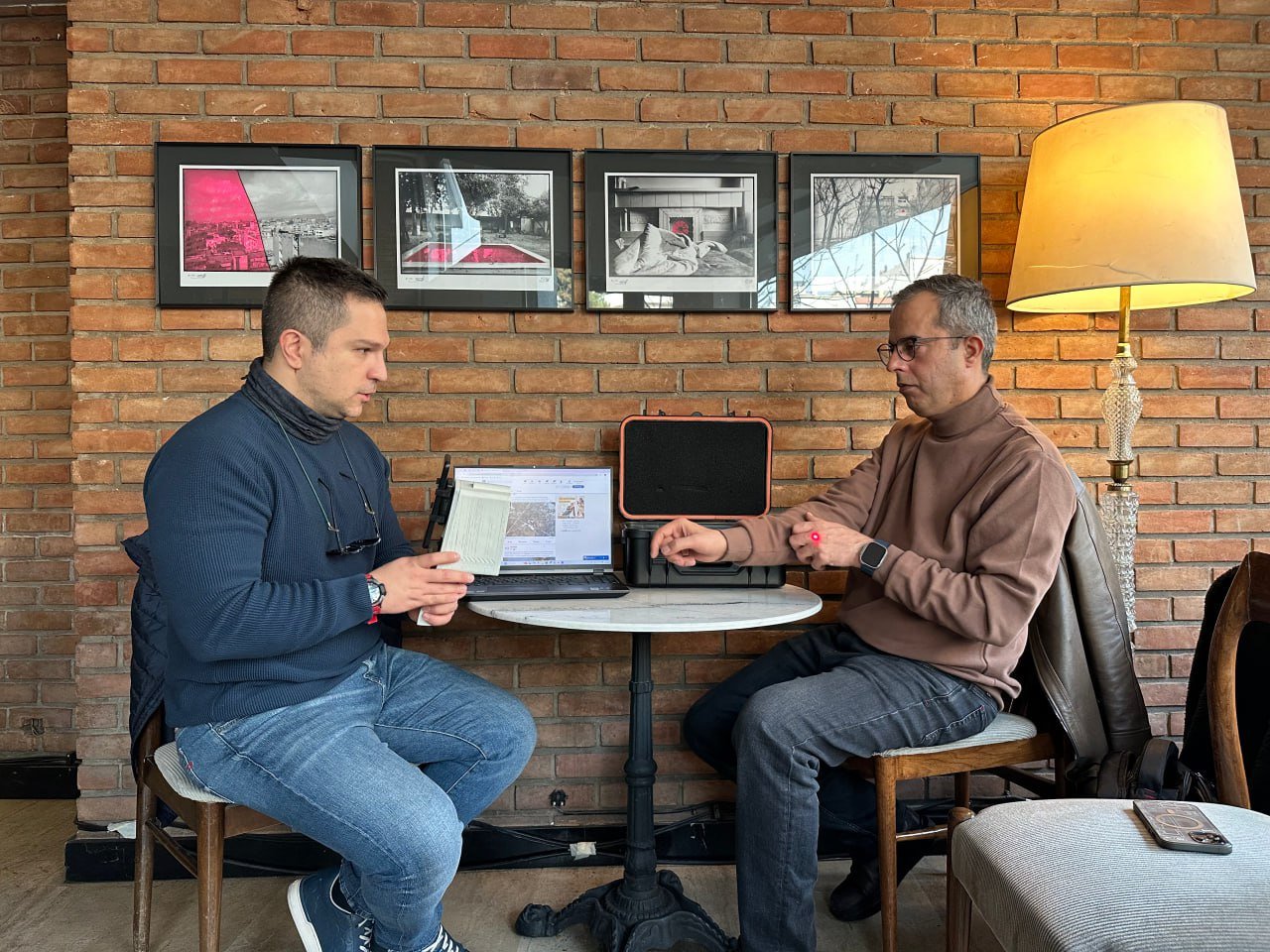
SurfVision Advances with Ongoing Prototype Testing and Team Collaboration
SurfVision has conducted another round of prototype testing as part of its ongoing product development activities. These sessions are designed not only to assess the current functionality of the system but also to shape the next steps in the roadmap. During each test, the team actively reviews performance, discusses areas for improvement, and analyzes competitor solutions to better understand industry approaches.
Sep 12, 2025
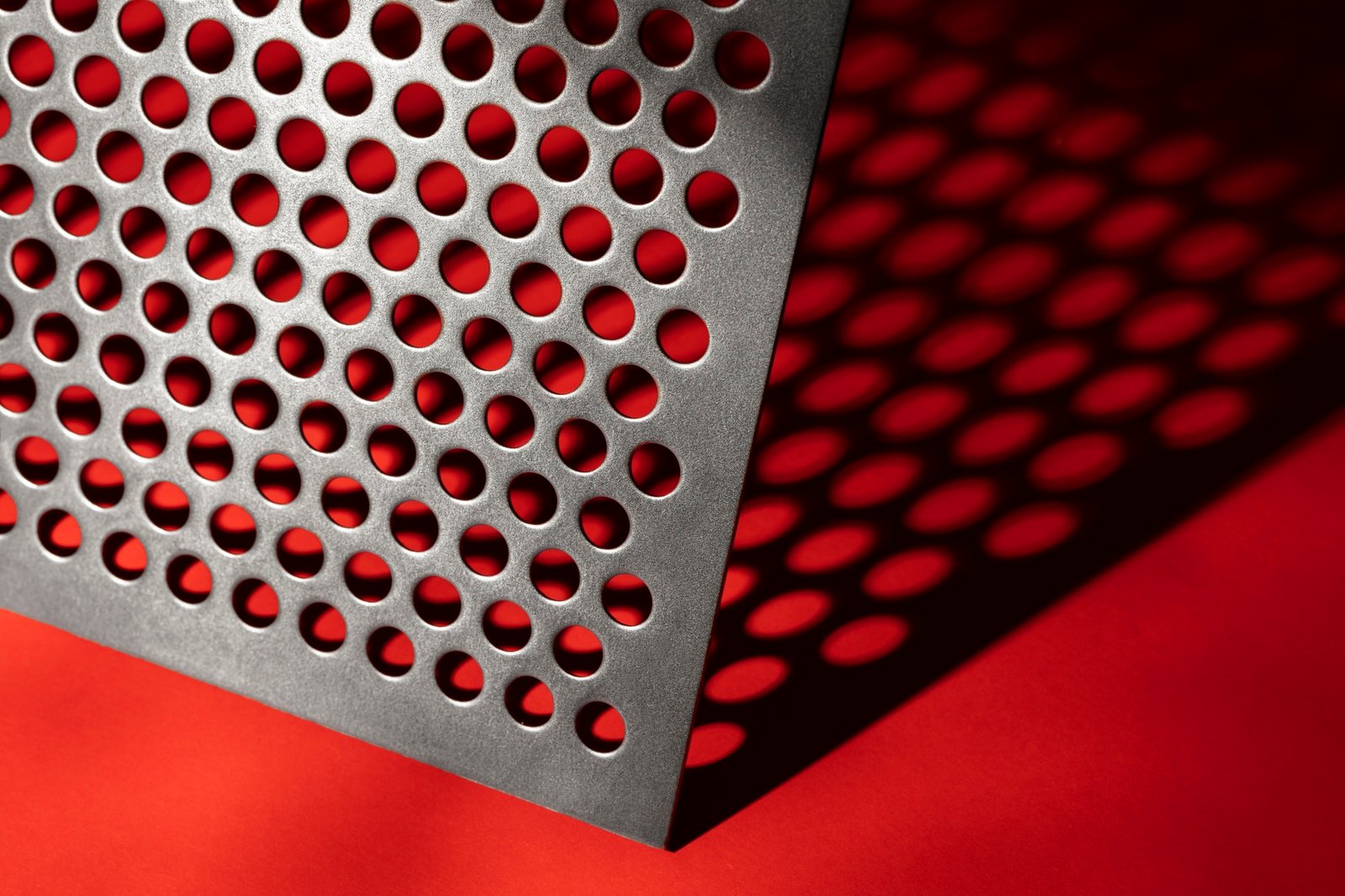
Innovative Deep Learning Model Enhances Magnetooptical Nondestructive Inspection Accuracy
Magnetooptical Nondestructive Inspection (MONDI) plays a vital role in many industries, especially in detecting metal defects, including ferromagnetic materials. Among the challenges encountered by the MONDI are the orientation of a magnetizer and irregular shapes of defects, which make it difficult to determine the seriousness of these defects.
Jul 15, 2024
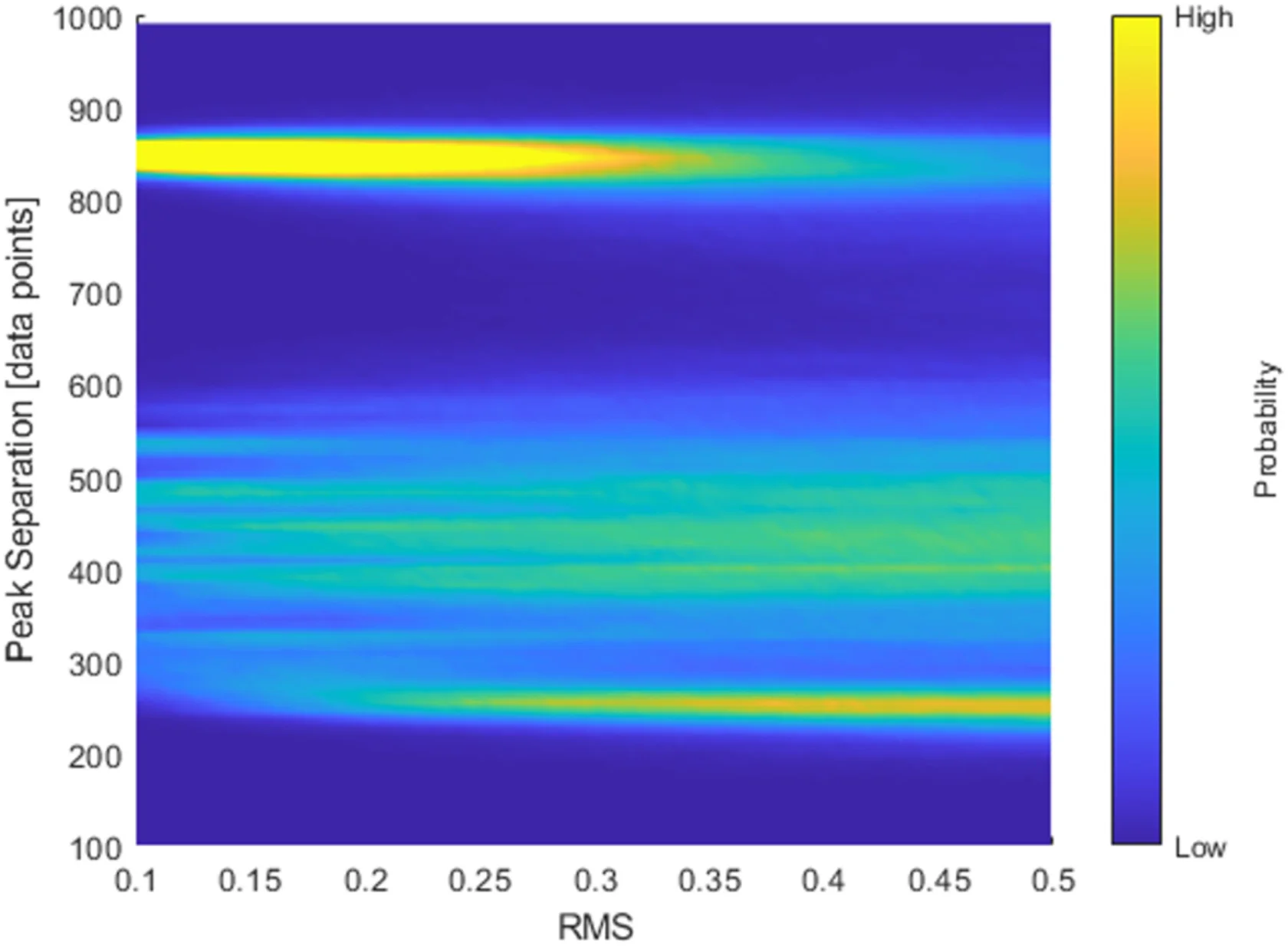
New Nondestructive Evaluation Breakthrough: Surrogate Models for Rapid Defect Detection
A significant challenge in nondestructive evaluation has been understanding the difficulty in measuring rough defects. The traditional approaches, which include running numerous finite element models, were time-consuming and constraining.
June 26, 2024
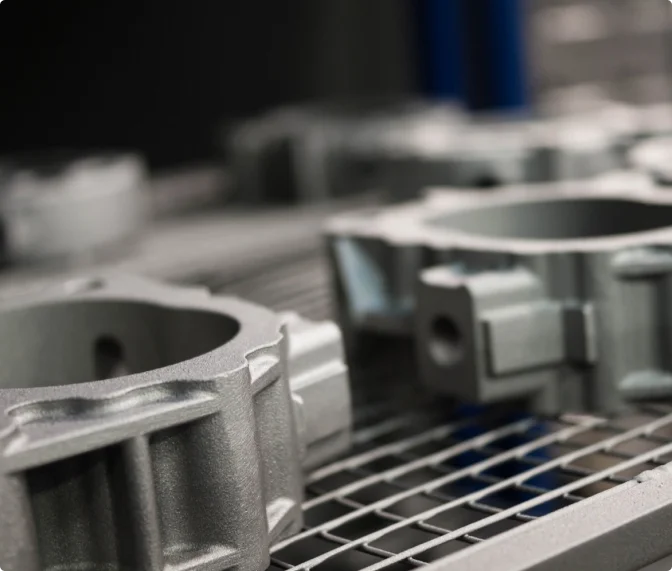
Groundbreaking Nondestructive Evaluation Technique Developed for Metallic Components
A pioneering study has unveiled a cutting-edge automatic and dependable nondestructive evaluation (NDE) technique, revolutionizing the quantification of subsurface defects in metallic components. Through the innovative integration of a non-contact laser ultrasonic technique with a sophisticated machine learning (ML) algorithm, researchers have achieved remarkable strides in simultaneously measuring the width and depth of subsurface defects.
February 26, 2024
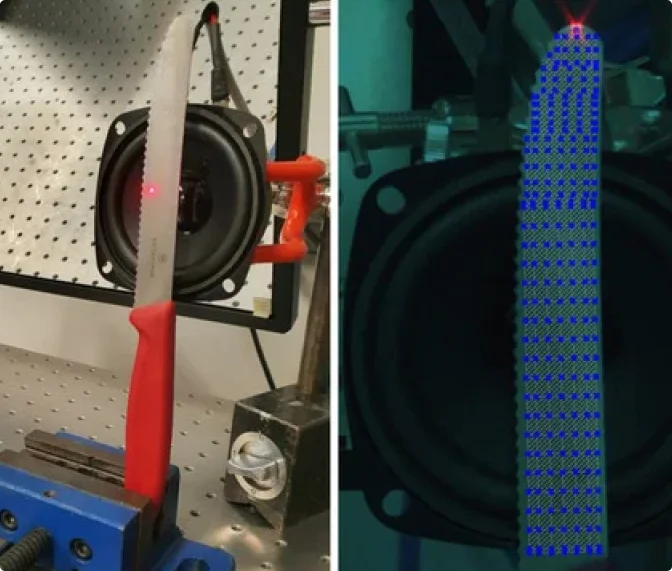
Revolutionizing Quality Management in Global Manufacturing with Laser Doppler Scanning Vibrometry and future AI-Driven Solutions
In the current economic situation of many companies, the need to reduce production time is a critical element. However, the quality of the final product will decrease as we speed up the production process. Humans usually use regular methods of quality control, and this causes a short interruption in production time. This can cause a pause in the production process and increase its time. However, many methods have been introduced to help companies and manufacturers do efficient quality management and decrease the time of quality control.
November 27, 2023
Contact us
Get in Touch
Powered by Surface Vision © 2021 | All Rights Reserved.
